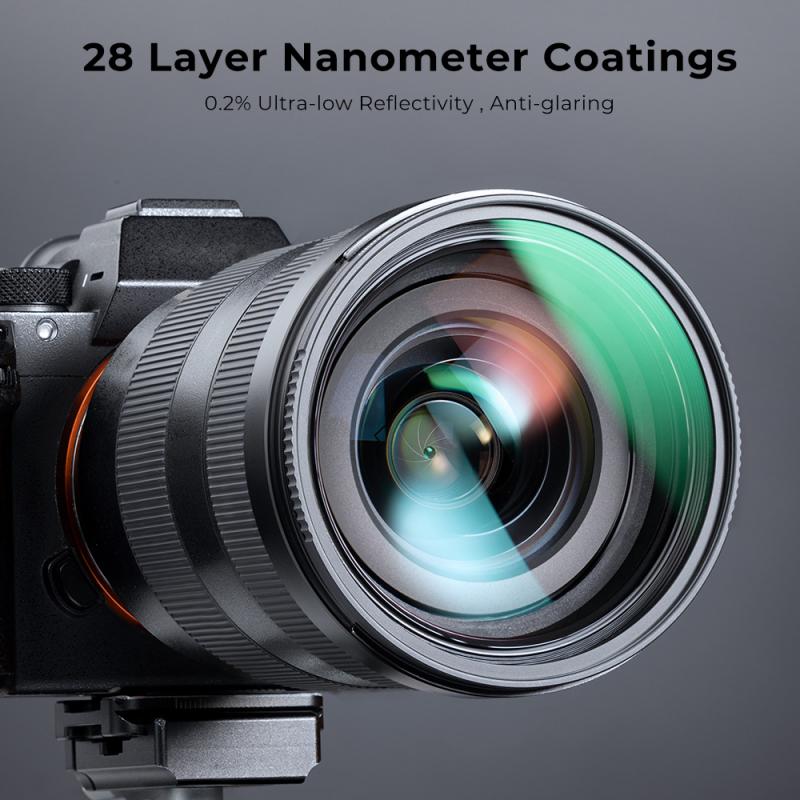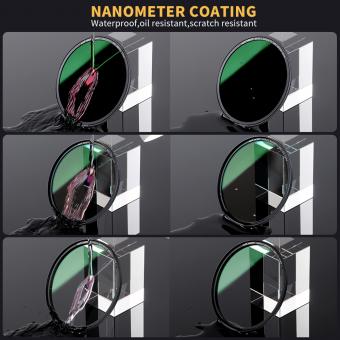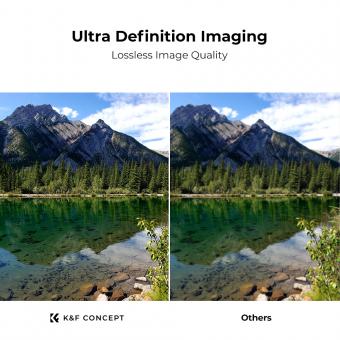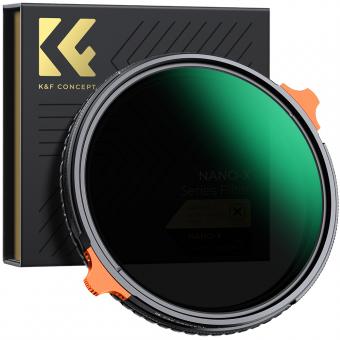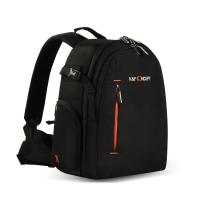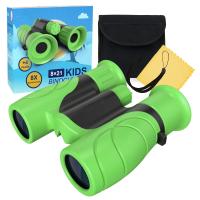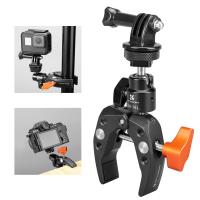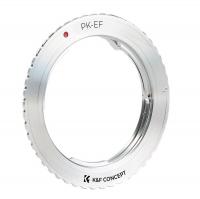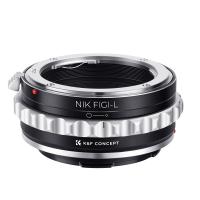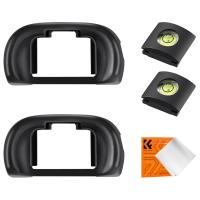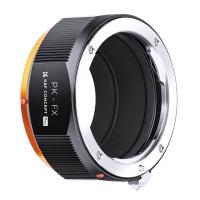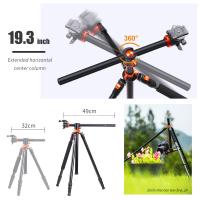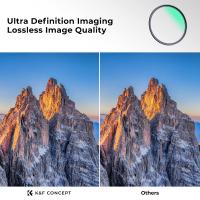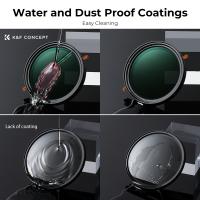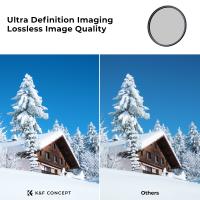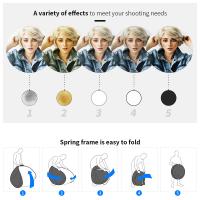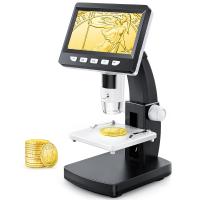What Are Cpl Filters Used For ?
CPL filters, also known as Circular Polarizing filters, are used in photography to reduce glare and reflections from non-metallic surfaces such as water or glass. They work by selectively blocking certain polarized light waves, resulting in improved color saturation and contrast in the final image. Additionally, CPL filters can darken skies, making clouds stand out more prominently. These filters are commonly used in landscape photography to enhance the overall image quality and create more visually appealing compositions.
1、 Reducing glare and reflections in photography and videography.
CPL filters, also known as Circular Polarizing filters, are widely used in photography and videography to reduce glare and reflections. These filters consist of a circular polarizing material that is mounted on a rotating ring, allowing the photographer or videographer to adjust the intensity of the effect.
Glare and reflections can be a major issue when capturing images or videos, especially in outdoor settings. They can cause unwanted bright spots, washed-out colors, and reduced contrast in the final result. CPL filters help to combat these issues by selectively blocking certain polarized light waves. This results in a reduction of glare and reflections, allowing for clearer and more vibrant images.
In photography, CPL filters are commonly used in landscape photography to enhance the colors of the sky, foliage, and water. By reducing the glare from the sun, the filter can deepen the blue tones of the sky, make the green of the leaves more vibrant, and even reveal the details beneath the surface of water bodies. Additionally, CPL filters can be used in portrait photography to reduce reflections on shiny surfaces like glass or water, resulting in a more pleasing and professional-looking image.
In videography, CPL filters are also valuable tools. They can be used to minimize reflections on windows or shiny surfaces when shooting indoors or outdoors. This is particularly useful in commercial or product videos where reflections can distract from the main subject. By reducing glare, CPL filters can help create a more polished and visually appealing video.
It is worth noting that with advancements in digital post-processing techniques, some photographers and videographers argue that the effects of CPL filters can be replicated to some extent in editing software. However, using a CPL filter during the capture process can save time and effort in post-production, as well as provide a more accurate representation of the scene.
In conclusion, CPL filters are essential accessories for photographers and videographers looking to reduce glare and reflections in their work. They offer a practical and efficient solution to enhance image quality and create visually stunning results.
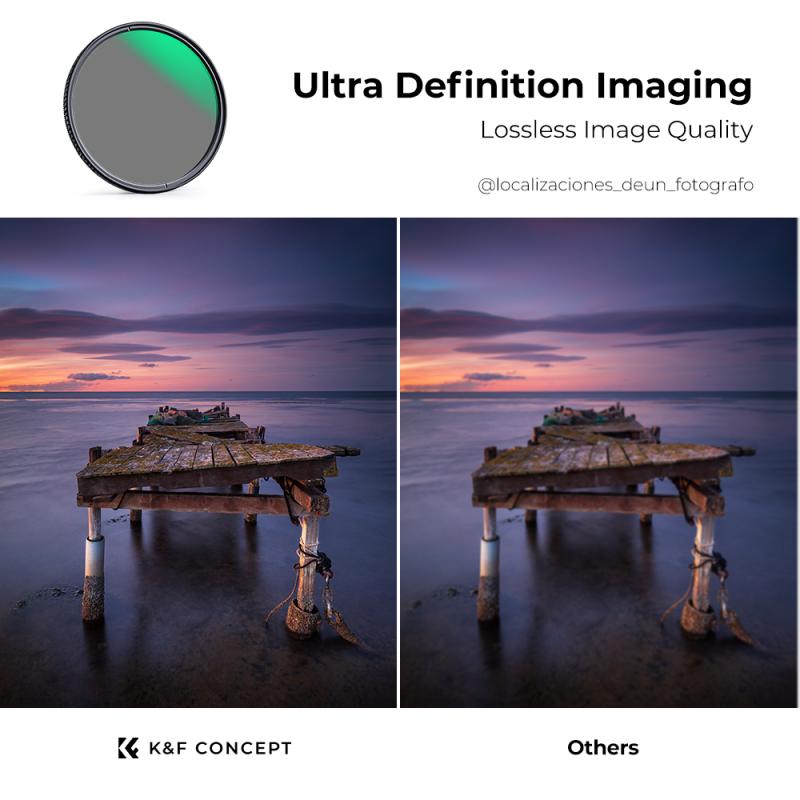
2、 Enhancing color saturation and contrast in outdoor scenes.
CPL filters, also known as Circular Polarizing filters, are widely used in photography and videography to enhance color saturation and contrast in outdoor scenes. These filters are circular in shape and can be easily attached to the front of a camera lens.
The primary function of a CPL filter is to reduce glare and reflections from non-metallic surfaces such as water, glass, and foliage. By rotating the filter, photographers can adjust the angle at which the light enters the lens, effectively reducing unwanted reflections and increasing the overall clarity of the image. This is particularly useful when shooting landscapes, as it allows for the capture of vibrant colors and rich details that might otherwise be washed out or obscured by glare.
In addition to reducing reflections, CPL filters also have the ability to enhance color saturation. By selectively blocking certain wavelengths of light, these filters can boost the intensity and vibrancy of colors in a scene. This is especially beneficial when photographing blue skies, green foliage, or bodies of water, as it can make these elements appear more vivid and eye-catching.
Furthermore, CPL filters can also improve overall contrast in outdoor photography. By reducing the amount of scattered light, these filters can help to create a greater distinction between light and dark areas in a scene. This can result in images with more depth and dimension, as well as a heightened sense of drama.
In recent years, the use of CPL filters has become increasingly popular among photographers and videographers. With the rise of social media and the demand for visually appealing content, these filters have become an essential tool for enhancing the quality and impact of outdoor images. Whether it's capturing breathtaking landscapes or showcasing vibrant street scenes, CPL filters offer a simple yet effective way to elevate the visual appeal of outdoor photography.
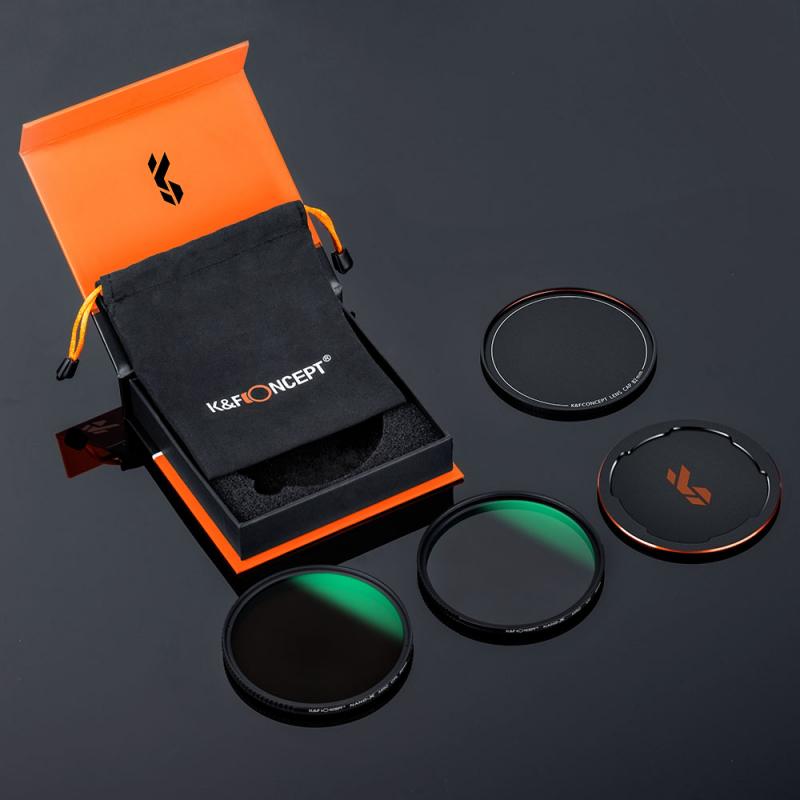
3、 Minimizing atmospheric haze and improving image clarity.
CPL filters, also known as Circular Polarizing filters, are widely used in photography and videography to minimize atmospheric haze and improve image clarity. These filters are essential tools for photographers and filmmakers as they help to enhance the overall quality of their work.
One of the primary functions of CPL filters is to reduce or eliminate reflections from non-metallic surfaces such as water or glass. By rotating the filter, photographers can effectively control the amount of reflected light that enters the camera lens. This helps to reduce glare and unwanted reflections, resulting in clearer and more vibrant images. Additionally, CPL filters can also enhance the saturation of colors, making them appear more vivid and true to life.
Another significant advantage of CPL filters is their ability to minimize atmospheric haze. When shooting landscapes or outdoor scenes, the air often contains particles and pollutants that can create a hazy or washed-out appearance in photographs. CPL filters work by selectively blocking certain polarized light waves, reducing the amount of scattered light and haze in the image. This results in a crisper and more detailed photograph with improved contrast.
In recent years, the use of CPL filters has become even more relevant with the rise of digital photography and social media platforms. With the increasing popularity of outdoor and travel photography, photographers are constantly seeking ways to capture stunning and captivating images. CPL filters offer a practical and effective solution to enhance the visual impact of photographs, making them stand out in a crowded online space.
In conclusion, CPL filters are essential tools for photographers and videographers, allowing them to minimize atmospheric haze and improve image clarity. With their ability to reduce reflections and enhance color saturation, these filters play a crucial role in creating visually appealing and captivating photographs. As technology advances and the demand for high-quality imagery continues to grow, CPL filters remain a valuable asset for photographers seeking to capture the beauty of the world around them.
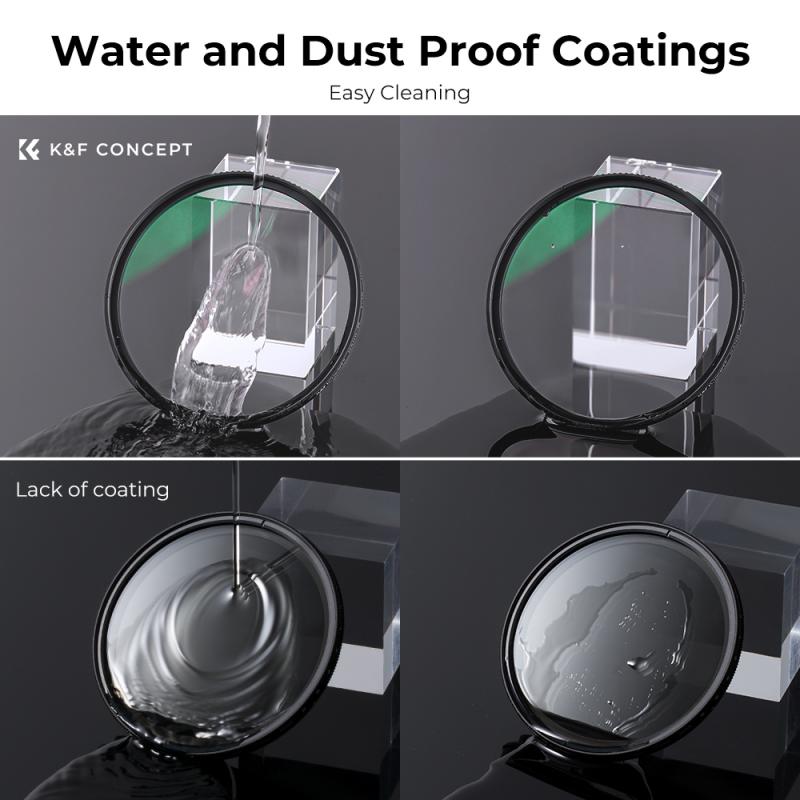
4、 Protecting camera lenses from dust, scratches, and fingerprints.
CPL filters, also known as Circular Polarizing filters, are primarily used for enhancing the quality of photographs by reducing glare and reflections. They are commonly used in outdoor photography to improve the overall image clarity and color saturation. However, it is important to note that CPL filters do not protect camera lenses from dust, scratches, and fingerprints.
To protect camera lenses from these potential damages, photographers typically use lens filters such as UV filters or clear protective filters. These filters are designed to act as a physical barrier, shielding the lens from dust particles, scratches, and fingerprints. They are particularly useful in challenging environments where the lens is more susceptible to damage, such as in dusty or sandy conditions.
While CPL filters do not provide physical protection, they are still an essential tool for photographers. By reducing glare and reflections, CPL filters help to improve the overall image quality. They can be used to enhance the colors of the sky, water, and foliage, making them appear more vibrant and saturated. Additionally, CPL filters can also be used to darken the sky, making clouds stand out more prominently.
In recent years, advancements in digital post-processing techniques have allowed photographers to replicate some of the effects achieved with CPL filters. However, many photographers still prefer to use CPL filters during the shooting process, as they provide immediate results and allow for greater control over the final image. Ultimately, the decision to use a CPL filter depends on the photographer's personal preference and the specific requirements of the scene being captured.
